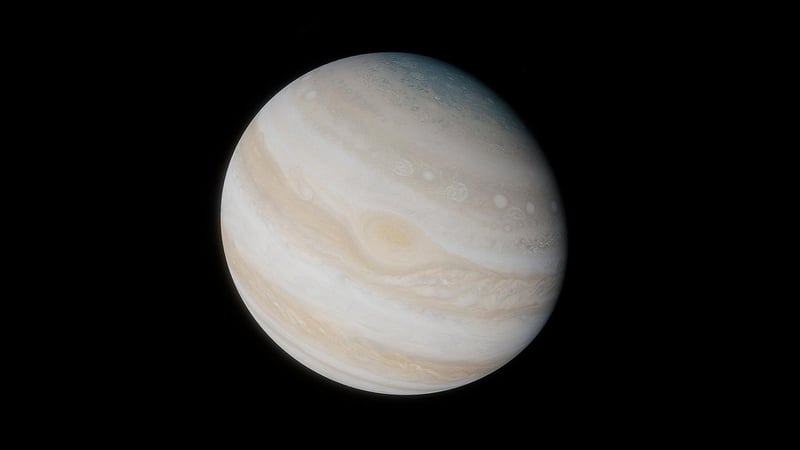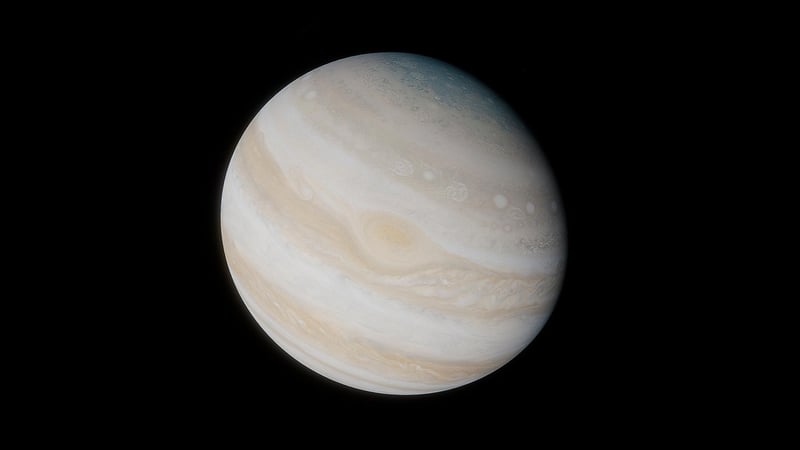Jupiter
Unveiling the Mysteries of Jupiter: A Journey Through Planetary Wonders

Introduction to Jupiter
Welcome to the breathtaking world of Jupiter, the largest planet in our solar system. With its mesmerizing swirls of gas and iconic Great Red Spot, Jupiter has captivated astronomers and space enthusiasts for centuries.
Exploring Jupiter's Atmosphere
Jupiter's atmosphere is a dynamic blend of hydrogen and helium, with traces of methane, water vapor, and ammonia. The planet's distinct bands and zones are created by powerful jet streams that flow in opposite directions.
The Great Red Spot
One of Jupiter's most famous features is the Great Red Spot, a massive storm that has been raging for hundreds of years. This swirling vortex is larger than Earth and showcases the planet's turbulent nature.
Jupiter's Moons
Jupiter boasts an impressive collection of moons, with over 80 natural satellites orbiting the gas giant. The four largest moons, known as the Galilean moons, are Io, Europa, Ganymede, and Callisto, each offering unique insights into the mysteries of the solar system.
Observing Jupiter from Earth
While space probes like NASA's Juno mission have provided invaluable data about Jupiter, the planet can also be observed from Earth. Amateur astronomers can witness Jupiter's cloud bands and moons using telescopes, adding to the allure of this majestic planet.
Conclusion
As we continue to unravel the secrets of Jupiter, we are constantly reminded of the vastness and complexity of our solar system. Whether through scientific exploration or backyard stargazing, Jupiter remains a source of wonder and inspiration for all who gaze upon it.
Embark on a celestial journey and marvel at the wonders of Jupiter, a planet that continues to intrigue and amaze us with its beauty and mystery.
Discover more about Jupiter and the wonders of our universe here.
